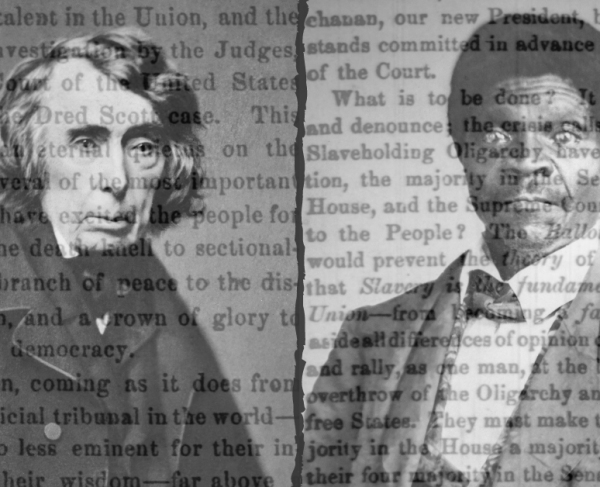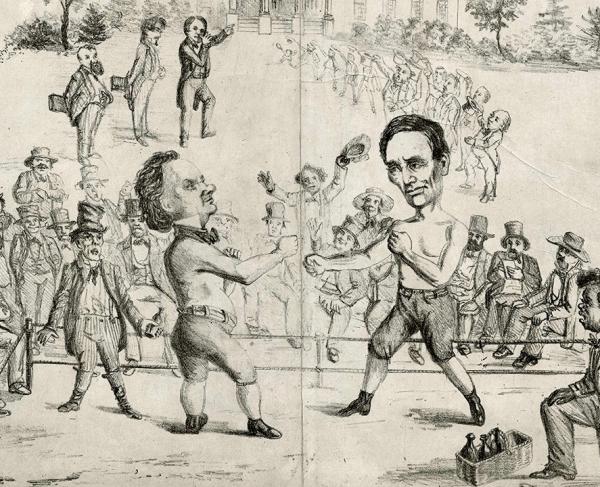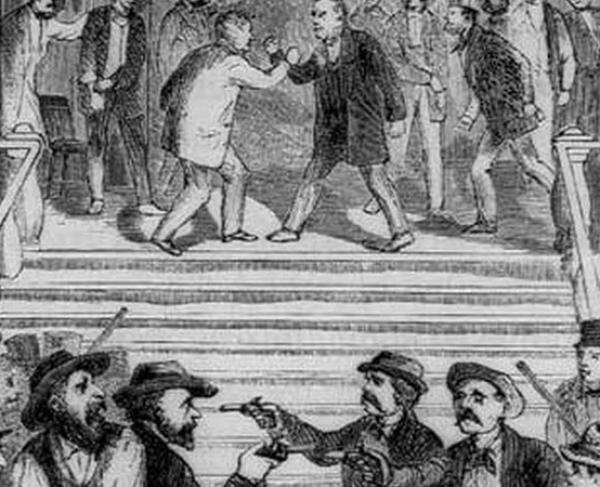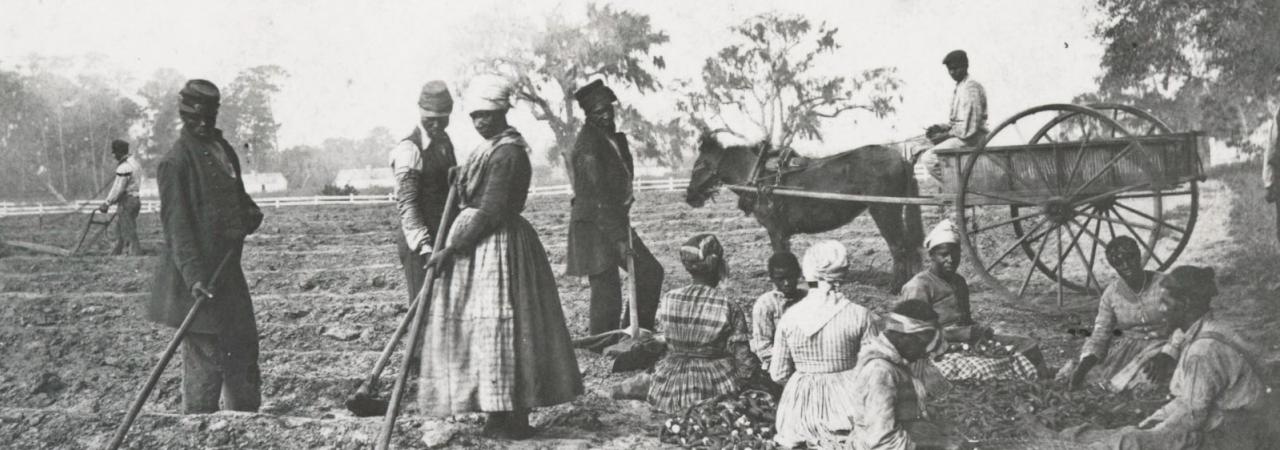
Industrial North, Agrarian South
Beyond the moral dilemma caused by slavery, the country's two regions also faced a deep economic divide. In the agrarian South, slaves accounted for more than one-fourth of the population. While the North had a strong agrarian backbone marked by improved farmland and mechanized techniques, the region also had a booming manufacturing-based industrial economy. In 1860, of the 128,300 industrial establishments nationwide, only 18,026 were in the South.
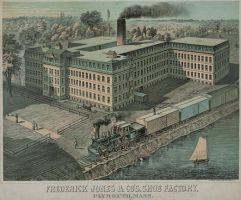
The Frederick Jones Shoe Factory of Plymouth, Massachusetts, shown in this 1850s engraving, was, by 1860, one of 1,354 shoe manufactories in Massachusetts. Across New England, the shoe industry employed more than 62,000 people that year.
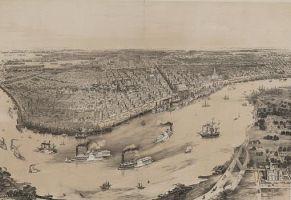
New Orleans, Louisiana, was the largest city in the South before the Civil War. This 1851 lithograph by John Bachmann provides a birds-eye view of the Crescent City and the Mississippi River. Cotton was king, accounting for 60 percent of the value of all exports.
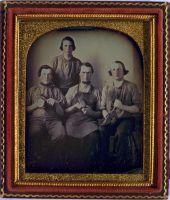
Four American shoemakers, holding the tools of their trade and their product, pose for a daguerreotype portrait in the 1850s.
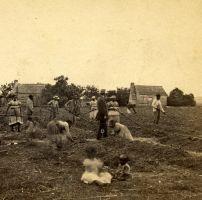
This 1866 image of field hands on a plantation on St. Helena Island, South Carolina, depicts a scene common on plantations throughout the South during more than two centuries of slavery.
Molding Future Commanders
Sons from the finest families in the North and South often had no greater ambition than to attend the United States Military Academy at West Point, New York, South Carolina's The Citadel or the Virginia Military Institute in Lexington, and start a military career. Nearly every significant general officer on both sides graduated from the United States Military Academy -- 294 served in the Union armies, and 151 served in the Confederacy. Twenty-five percent of all living West Point graduates became casualties during the Civil War, with 105 killed and another 151 wounded. The smaller military academies suffered their share of losses too, including 67 Citadel alumni who lost their lives in the war. In May 1864, when the VMI corps of cadets fought in the Battle of New Market, ten students were killed and 42 wounded.
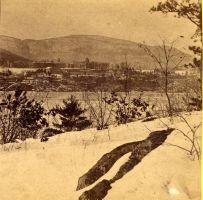
The United States Military Academy at West Point, shown here in a winter scene from the late 1850s, was founded in 1802. Many of the cadets who graduated in the 1840s and 1850s would face off against each other in the Civil War.
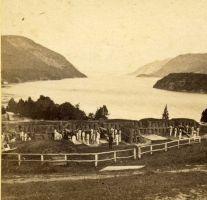
Cadets from the United States Military Academy take part in artillery practice on the bluffs overlooking the Hudson River, aiming their guns at the white target on the left river bank.
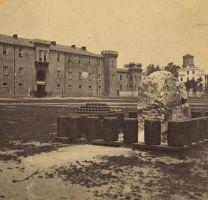
The Military College of South Carolina, better known simply as The Citadel, was founded in 1842 in Charleston, South Carolina.
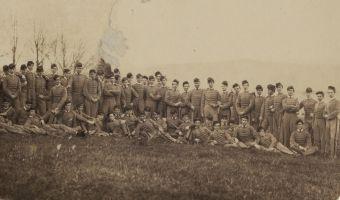
U.S. Army photographer Andrew J. Russell made this image of cadets, probably from West Point, sometime between 1863 and 1865.
Dates with Destiny
All across the country, tiny hamlets and major cities alike awaited their dates with destiny. From the Stone Bridge across Bull Run to Burnside Bridge across Antietam Creek, from the city of Fredericksburg, Virginia, to the town of Chambersburg, Pennsylvania, from the Lutheran Theological Seminary at Gettysburg to the State Capitol in Nashville, and from the heights of Lookout Mountain, Tennessee, to the bustling railroad depot in Atlanta, Georgia, the conflict swept thousands of places into the history books.
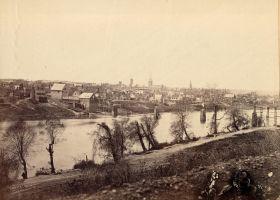
Two battles were fought within the city of Fredericksburg, Virginia, in December 1862 and May 1863. Fredericksburg is shown here in February 1863, while it was occupied by the Confederate Army.
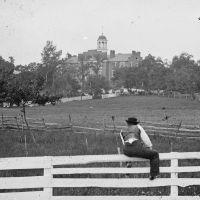
From the cupola of the Lutheran Theological Seminary, Union Gen. John Buford looked across the fields to see Confederates advancing on the town from the west at the beginning of the battle of Gettysburg, on July 1, 1863.
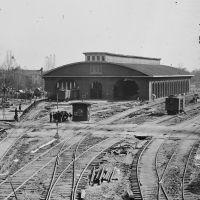
The war transformed downtown Atlanta, including this train depot, shown here before Gen. William T. Sherman's Union troops arrived.
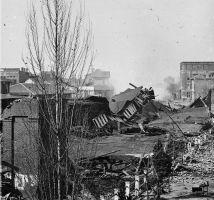
The train depot after Sherman's forces occupied Atlanta and destroyed military targets in and around the city.
Learn More: The Gathering Storm: The Slavery Issue | The Gathering Storm: The Secession Crisis
